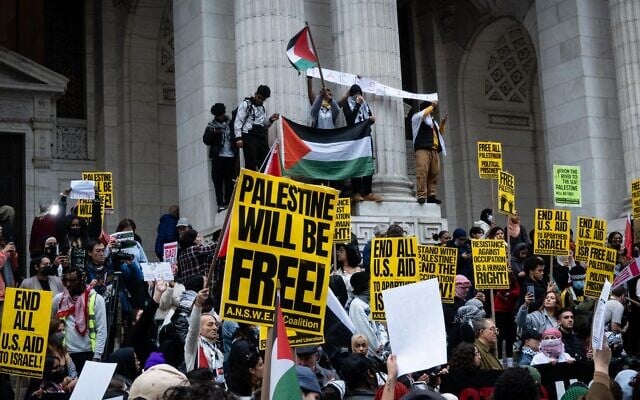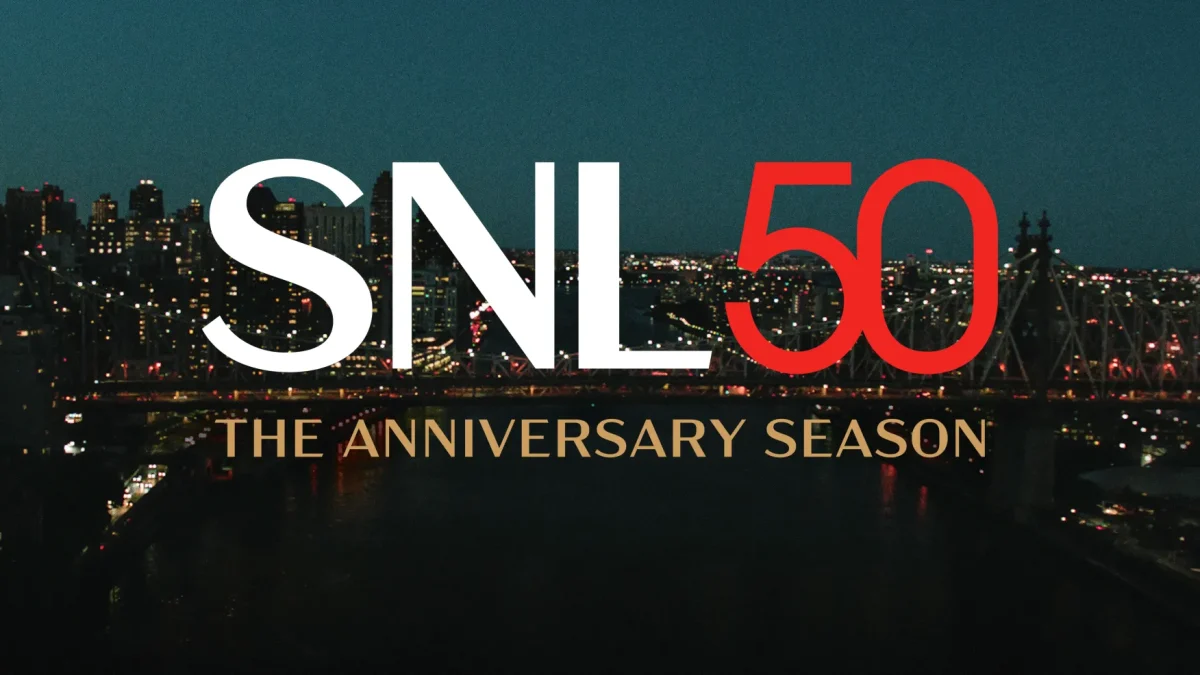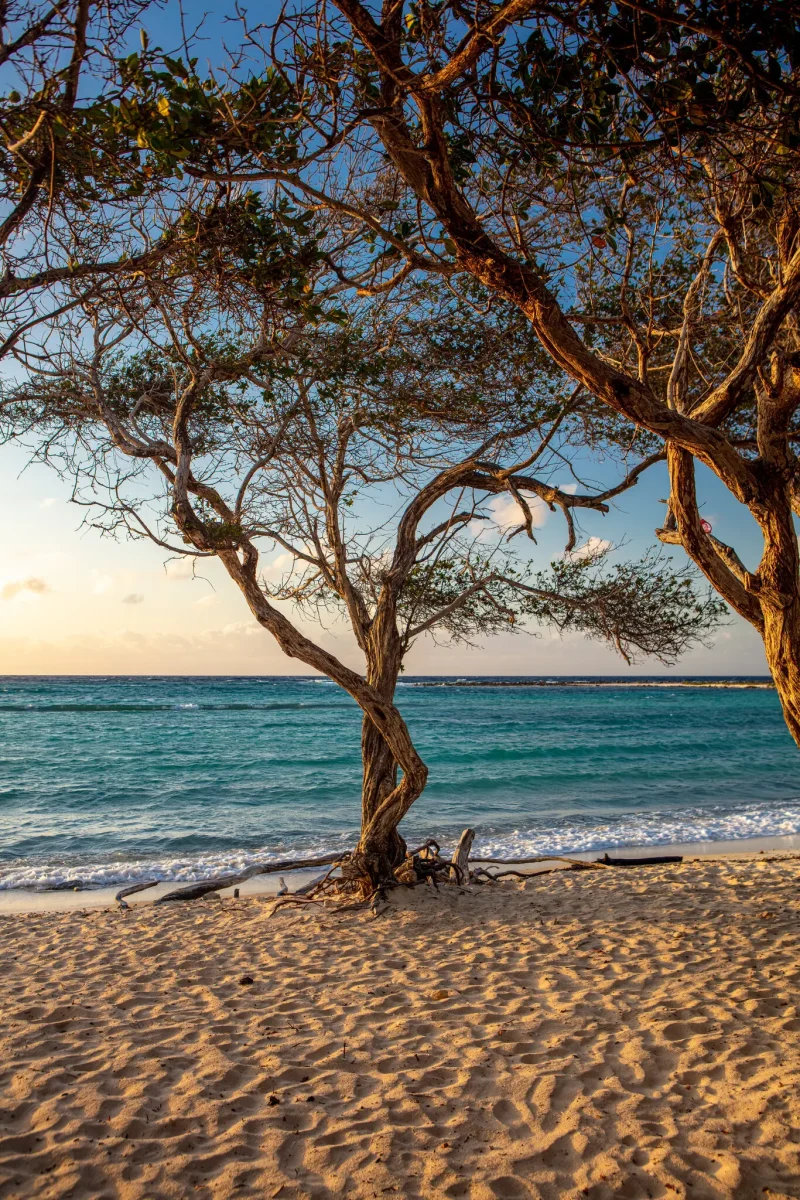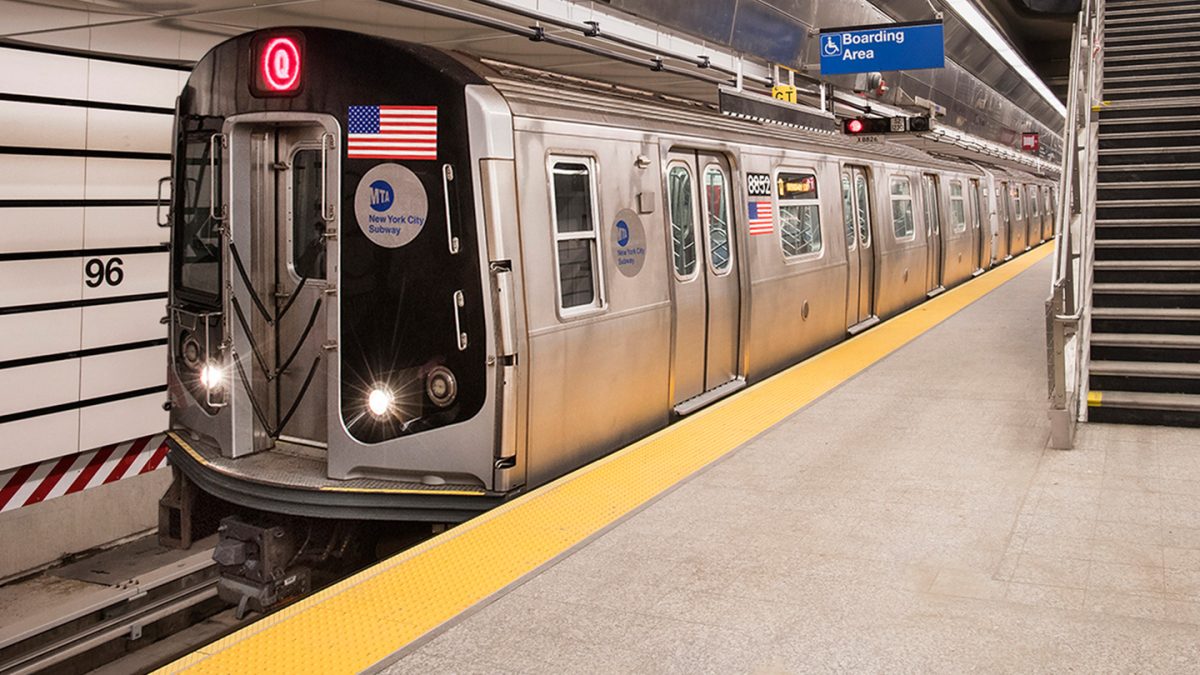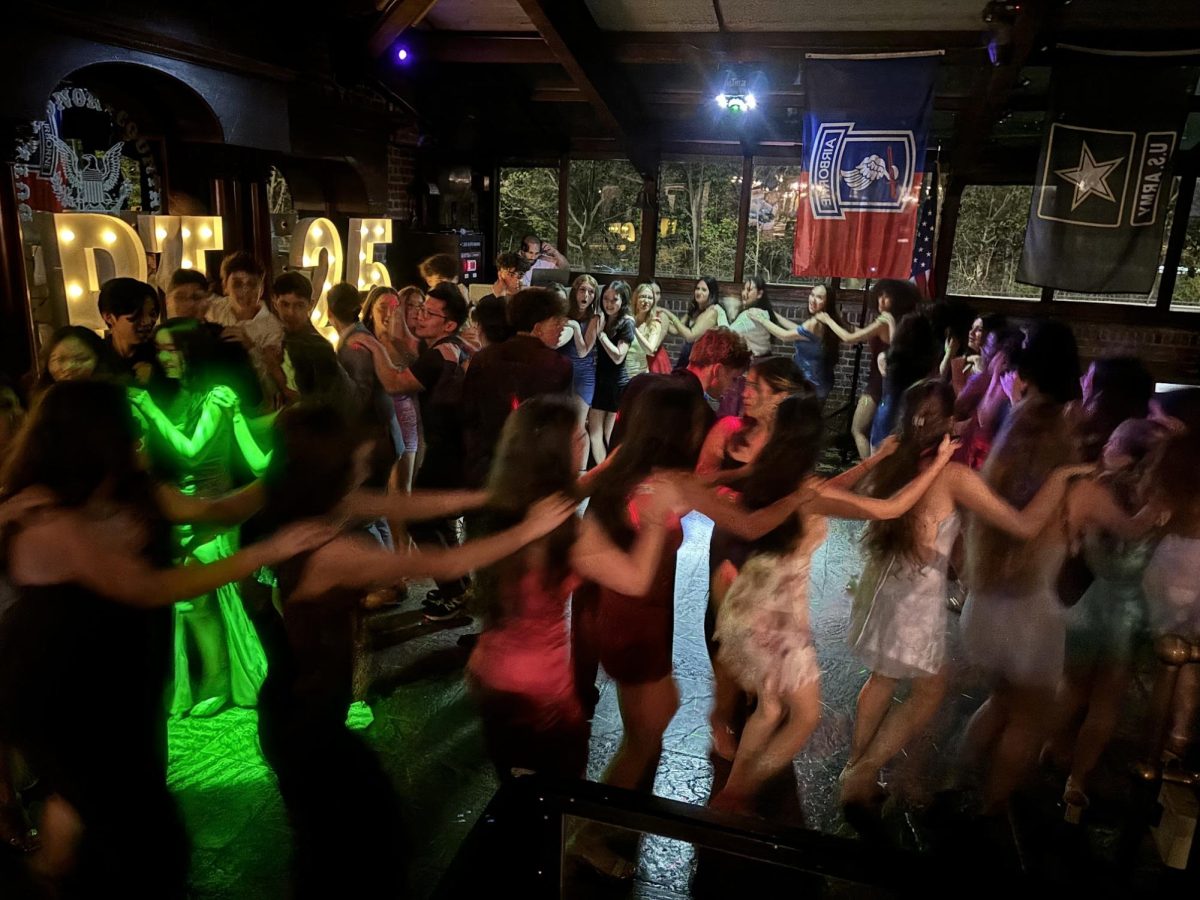Beneath the bustling streets of New York City, a maze of subterranean tunnels contains one of the oldest subways systems in the world. In recent years, there has been a great push for the modernization of the nearly 120 year old system. Thus, the MTA unveiled its five year plan in September. On top of the current estimated costs of $115 billion for the next five years, the MTA also plans for $68 billion worth of improvements. These improvements include 2,000 new rail cars, 75 miles of modern signals, making 60 stations more accessible, as well as protecting 20 miles of coastline which is vulnerable to rising sea levels. In addition to this, Governor Hochul has planned for the creation of the Inter-borough Express which will link Sunset Park in Brooklyn to Jackson Heights in Queens, at the estimated cost of $5.5 billion.
These promises which will improve the system to be more efficient and safe seem overly wishful, especially after the failure of Governor Hochul’s Congestion Pricing Plan. Although initially promised as a plan to limit pollution, regulate traffic, and generate money, the plan was canceled in June, four days before it was supposed to go into effect, after much pushback from the public. This has led to a $16 billion hole in the MTA budget. It seems unlikely that the budget will be fulfilled as current ridership has not risen to pre-pandemic levels. Additionally, only 23% of the MTA’s budget comes from fares and much money has been diverted in order to fulfill other needs such as maintenance on the system. It seems that the MTA would need new financing in order to be able to pay for its budget especially as the debt pile is projected to increase to $56.7 billion by 2028.
The city critically relies on the subway system and it currently sits in a precarious state. However MTA Chair and CEO Janno Lieber has high hopes as he states, “After years of under investment, more than 90% of this proposed plan – the largest in MTA history – focuses on bringing the system to a state of good repair.”


